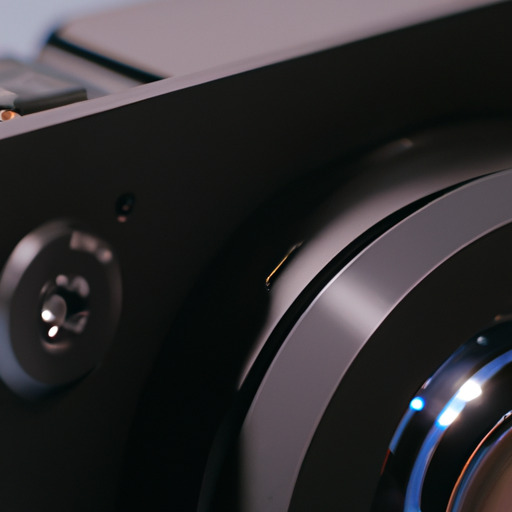“Bohler K390 Review: Unleashing Unmatched Durability and Performance in Steel Technology.”
Introduction
The Bohler K390 review provides an in-depth analysis of the high-performance steel, Bohler K390. This review covers various aspects such as its durability, edge retention, resistance to corrosion and wear, and overall performance. It also discusses its common applications, particularly in the manufacturing of industrial tools and knives. The review aims to provide potential users with a comprehensive understanding of the product’s strengths and weaknesses, helping them make an informed decision.
In-depth Analysis: Bohler K390 Steel Review

Bohler K390 is a high-performance tool steel that has been gaining significant attention in the knife industry for its exceptional properties. This article provides an in-depth analysis of Bohler K390 steel, examining its composition, hardness, edge retention, corrosion resistance, and ease of sharpening.
Bohler K390 is a cold work tool steel produced by Bohler, an Austrian company renowned for its high-quality metallurgical products. The steel is made through a powder metallurgy process, which results in a very fine and homogeneous microstructure. This process involves the use of high temperatures and pressures to form a solid material from a powder, ensuring a uniform distribution of the alloying elements. The composition of Bohler K390 includes a high amount of carbon and vanadium, along with other elements like molybdenum, tungsten, and cobalt. This unique blend of elements contributes to the steel’s superior properties.
One of the most notable characteristics of Bohler K390 is its hardness. With a Rockwell hardness of 64 HRC, it is one of the hardest tool steels available in the market. This high hardness level translates into excellent wear resistance, making knives made from this steel extremely durable. They can withstand heavy use without showing signs of wear and tear, making them ideal for demanding tasks.
Another impressive feature of Bohler K390 is its edge retention. Thanks to its high carbon and vanadium content, knives made from this steel can maintain a sharp edge for a long time, even after extensive use. This means less frequent sharpening is required, which is a significant advantage for those who use their knives regularly. However, it’s worth noting that the edge retention of a knife also depends on other factors like the blade geometry and the type of cutting tasks it’s used for.
While Bohler K390 excels in hardness and edge retention, it’s not as strong in terms of corrosion resistance. The steel’s high carbon content makes it susceptible to rust if not properly cared for. Therefore, knives made from this steel require regular maintenance to prevent corrosion. This may involve cleaning the blade after use, drying it thoroughly, and applying a thin layer of oil for protection.
Sharpening Bohler K390 can be a bit challenging due to its high hardness. It may take more time and effort compared to softer steels. However, once sharpened, the edge can stay sharp for a long time, reducing the need for frequent sharpening. It’s also worth mentioning that the sharpening process can be made easier with the use of high-quality sharpening stones or systems.
In conclusion, Bohler K390 is a high-performance tool steel that offers excellent hardness and edge retention. While it requires regular maintenance to prevent corrosion and can be challenging to sharpen, its superior properties make it a popular choice for high-quality knives. Whether you’re a professional chef, an outdoor enthusiast, or a knife collector, a knife made from Bohler K390 can be a valuable addition to your collection. However, as with any tool, it’s essential to understand its strengths and weaknesses to make the most of its capabilities.
Conclusion
After reviewing the Bohler K390, it can be concluded that it is a high-quality tool steel known for its exceptional wear resistance and edge retention. It is highly appreciated by users for its durability and performance, making it ideal for heavy-duty tools and knives. However, it may require more maintenance to prevent rusting as it is not stainless steel. Overall, it offers excellent value for its price.
